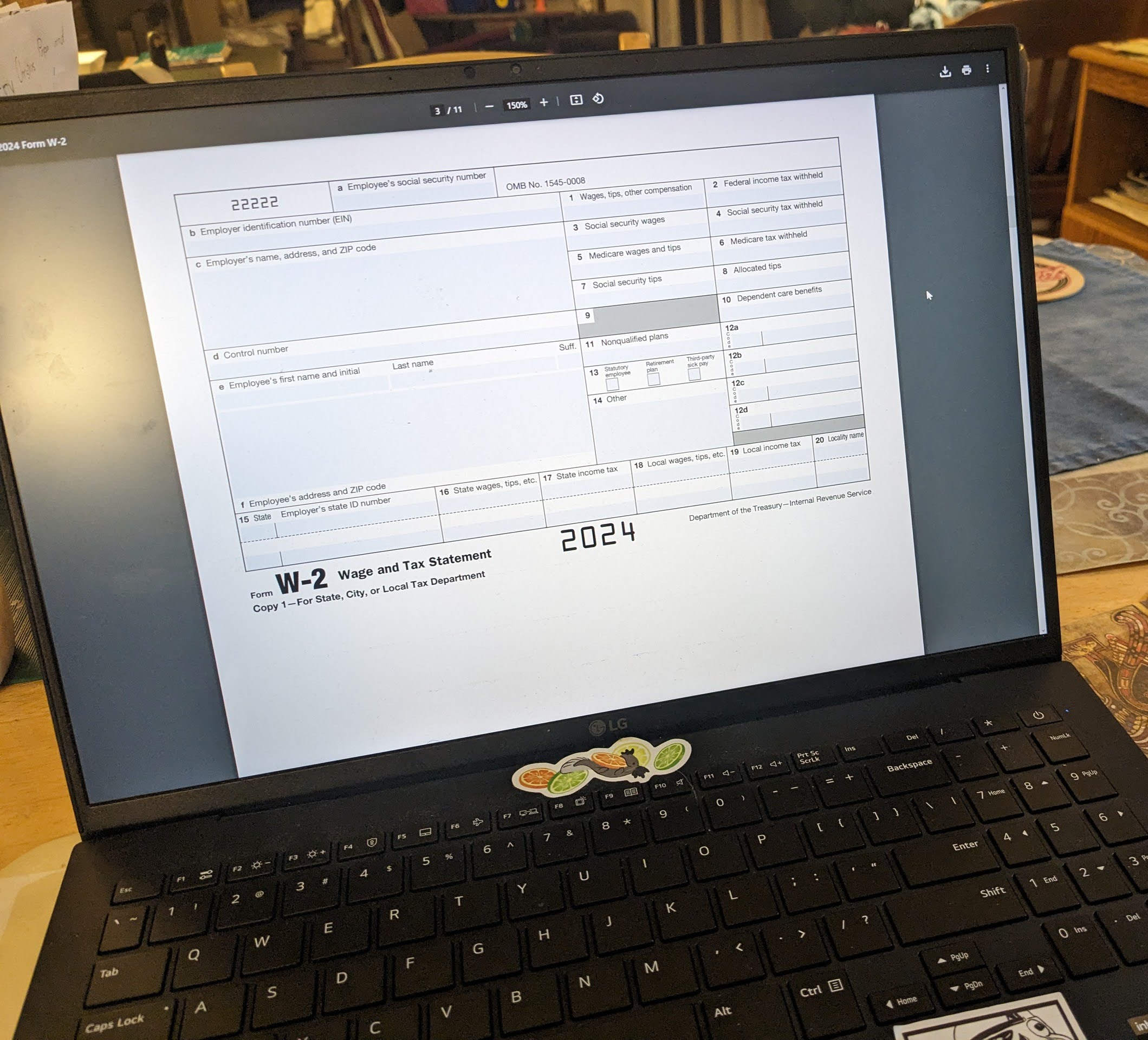
The new Free Application For Student Aid (FAFSA) form came out on Dec. 31, 2023. The form is an important asset for many college students in the U.S. as it assists with the paying of higher education costs.
The application has traditionally opened up for students on Oct. 1, yet was postponed this past year due to new grand updates. In the past, the application took a little over an hour to complete for first year students. The goal of the application is to determine a student’s family contribution to their cost of education. In order to do that, the form required the answering of various questions related to family income, family assets/wealth, tax information and others related to financial status.
The deadline to be considered for federal aid for the upcoming 2024-2025 academic school year is now June 30, 2025.
A new feature of the application is that applicants are required to sync their tax information with the IRS database, something that was optional before. Consent and approval by both parties, the applicant and contributor (parent or legal guardian,) must be provided before continuing the application. Even if contributors have not filed a tax return or do not have a social security number, consent and approval must be given otherwise, applicants will be disqualified from any financial aid.
The main change that concerns most students is the new Student Aid Index (SAI) replacing the Expected Family Contribution (EFC) number. The SAI is not a dollar amount. The number can range between -1500 and 999,999. This number is used by colleges to determine the type of financial aid applicants will receive, and how much they will receive.
Even with all the changes, the new form has allowed for an additional 1.5 million students to be eligible for maximum Pell Grants with an additional 610,000 students to be eligible for Federal Pell Grants.
Photo Credits: Katherine Groppe
